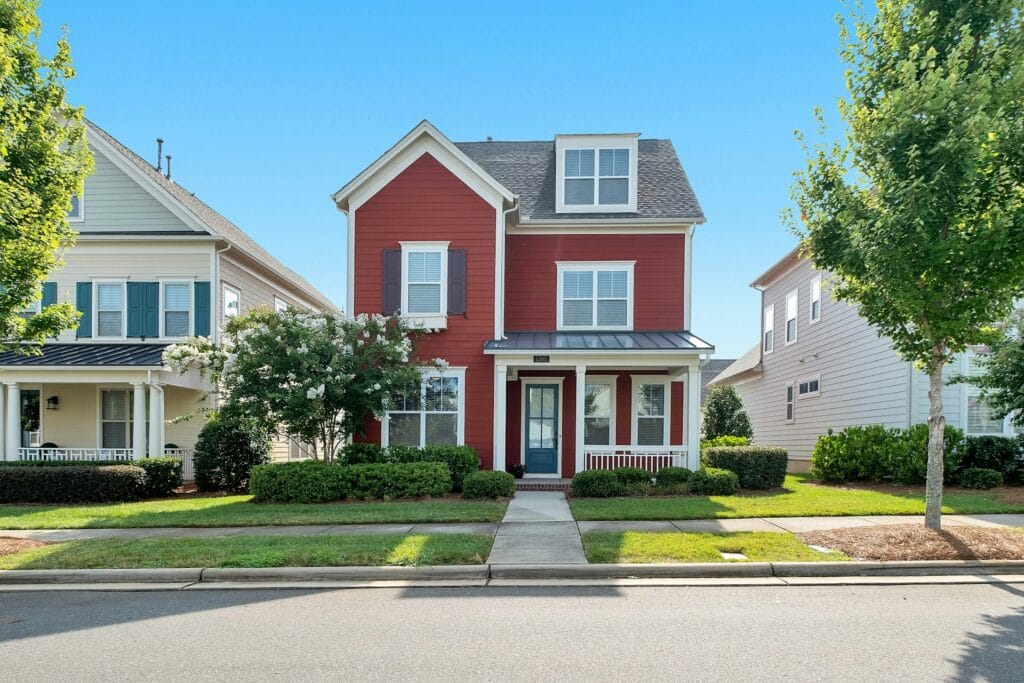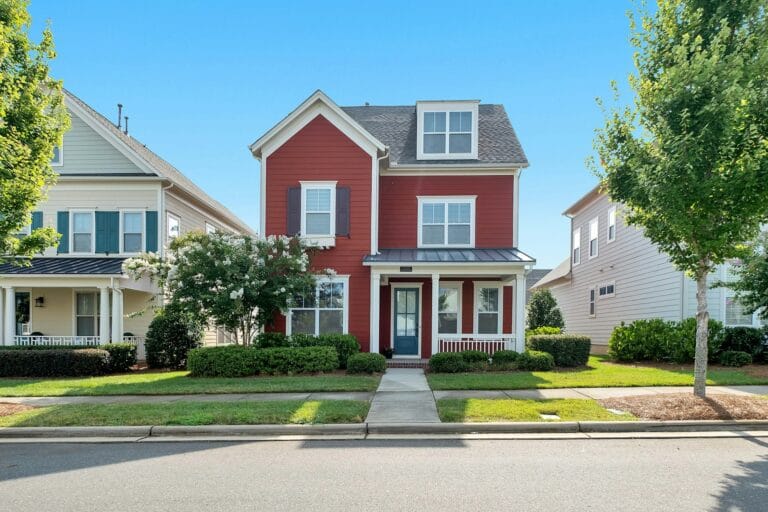Investors Now Buy 30% of U.S. Homes Here’s How High Mortgage Rates Are Reshaping the Housing Market
The U.S. housing market just hit an extraordinary milestone: investors now account for roughly 30% of all single-family home purchases, the highest share on record. Fueled by cash advantages, rising rents and relentless demand for rentals, these buyers are stepping in precisely as steep mortgage rates push many aspiring owners to the sidelines. Below, we unpack the numbers, trends and implications—and what first-time homebuyers can do next.

1. Investor Home Purchases Surge Past Previous Peaks
| Period | Investor Share of Purchases | Source |
|---|---|---|
| Q1 2024 | 27% | CoreLogic |
| Jun 2024 | 23.4% | CoreLogic |
| H1 2025 | 30% | Cotality |
The table shows investor activity cooling briefly in mid-2024 before roaring back in early 2025. Analysts attribute the rebound to softer home-price growth, more listings that linger, and investors’ ability to buy swiftly with either cash or flexible financing.
Why 30% Matters
Pricing power: More investor bids mean less downward pressure on listings, keeping prices higher than they might otherwise be.
Rental supply shift: Homes diverted to rental inventory tighten for-sale supply, intensifying competition in an already lean market.
Policy spotlight: Lawmakers are scrutinizing bulk purchases, arguing they reduce access for first-time homebuyers.
2. Mortgage Rates Near 7% Sideline Traditional Buyers
The average 30-year fixed rate hovers around 6.7–6.8%, more than double pre-pandemic norms. For a median-priced $450,000 home, that jump adds roughly $700 to the monthly payment, pricing out millions of wage-earners.
Key drivers of stubbornly high rates
Sticky inflation and fiscal deficits maintain upward pressure on Treasury yields.
Fed cuts are expected to be limited—perhaps two minor moves in 2025—keeping borrowing costs elevated.
Tariff policy and global uncertainty push investors toward safe-haven bonds, but not enough to bring rates meaningfully down.
Cash-rich investors, meanwhile, remain insulated. Even those who borrow can expense higher rates against rental income, giving them a competitive edge over owner-occupiers.
3. The New Investor: Small, Nimble, Hyper-Local
Contrary to popular belief, today’s surge is not led by Wall Street goliaths. Small investors with fewer than 10 properties now command 59% of investor deals—an all-time high.

These mom-and-pop buyers typically:
Target sub-$300 k starter homes in Sun Belt and Midwest metros.
Renovate quickly (≈$15 k), then rent at mid-market rates for steady cash flow.
Close in weeks, often with cash, securing discounts unattainable for financed buyers.
Large institutional landlords, by contrast, are net sellers in 2025 as high leverage and regulatory pressure cool acquisition appetites.
4. Regional Hotspots and Cooling Zones
Top states for investor buying (2024): Missouri 21.2%, Oklahoma 18.7%, Kansas 18.4%.
Cities now dominated by small investors: Springfield (MO), Memphis (TN), Wichita (KS).
Markets seeing big-firm pullback: Sacramento (CA), Minneapolis (MN), Portland (OR).
Sun Belt metros with robust population growth remain magnets, but rising insurance premiums and climate risk in coastal Florida are beginning to deter investor appetite.
5. Winners and Losers in the 2025 Housing Chessboard
Winners
Landlords & REITs: Strong rent growth outpaces borrowing costs, lifting yields.
All-cash buyers: Less sensitive to rate swings, they leverage negotiability with motivated sellers.
Sellers of entry-level homes: Investor demand props up bidding, preserving price floors in affordable segments.
Losers
First-time homebuyers: They chase the same starter-home inventory that investors favor, often losing out on speed or cash terms.
Move-up buyers: Locked-in sub-3% mortgages make trading up financially painful, keeping supply tight.
Big-box landlords: Rising capital costs and regulatory scrutiny trim expansion plans.
6. What First-Time Homebuyers Can Do Now
Lean on down-payment assistance. Nearly 2,300 federal, state and local programs can soften upfront costs—often unknown to buyers.
Consider condos or townhomes. Investor interest remains lower in these categories, widening negotiating power.
Expand radius. Peripheral suburbs or smaller metros may offer lower prices and less investor competition.
Get pre-approved and act fast. A fully underwritten offer with flexible closing can rival cash in sellers’ eyes.
Monitor rate dips. Temporary bond-market rallies can shave 0.25–0.5 pp off rates; pounce with a rate-lock when they appear.
7. Policy Ideas on the Table
Reporting thresholds: Bills in Congress would require large investors to disclose bulk single-family purchases for antitrust review.
Local purchase caps: Some cities are exploring caps on investor share per ZIP code, aiming to preserve owner-occupancy.
Zoning reform: Easing density restrictions could increase supply and dilute investor impact over time.
Mortgage innovation: Shared-equity and fractional ownership models may offer alternatives for first-time buyers shut out by 20% down norms.
8. Outlook: A Two-Track Market Through 2026
Redfin forecasts a modest 4% rise in median home prices in 2025 even as sales volumes creep up only slightly. Investor appetite shows no sign of retreat until mortgage rates fall decisively below 6%, which few economists foresee before late 2026. Expect a two-track market: rental demand stays fiery, while homeownership dreams hinge on rate relief and policy change.
Key Takeaways
Investor home purchases now command 30% of U.S. sales, a record share driven by cash power and rental demand.
Mortgage rates near 7% are the primary force sidelining first-time homebuyers, widening the opportunity gap.
Small investors rule the day, capturing nearly 60% of investor deals and out-maneuvering large institutions.
Policy and innovation—from zoning reform to alternative financing—will be essential to restore balance for first-time homebuyers in the U.S. housing market.
By tracking investor behavior, rate moves and local policy shifts, aspiring homeowners can better time their entry—and perhaps out-play the cash buyers next door.
Post





